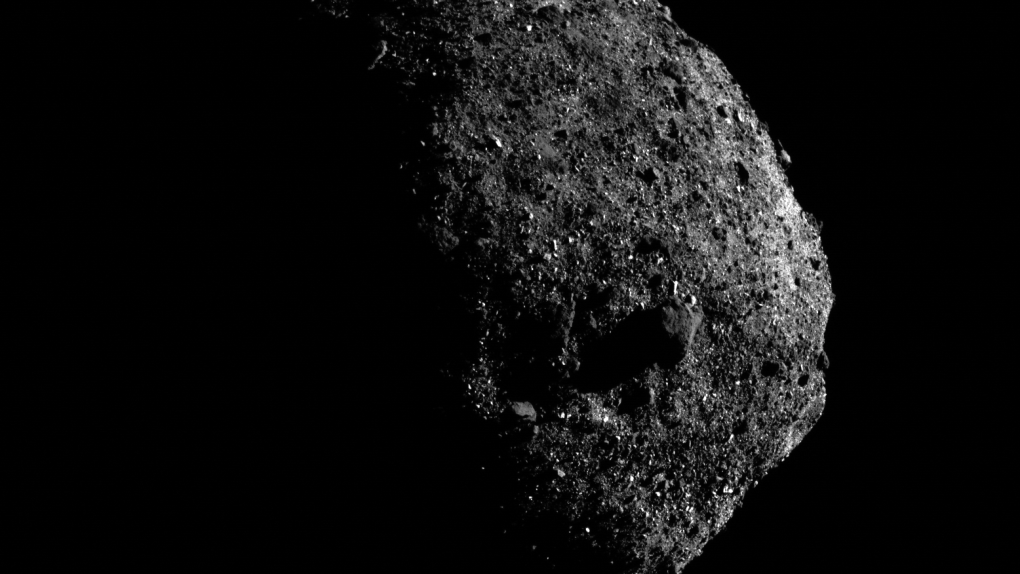- NASA’s OSIRIS-REx asteroid probe will finally attempt its risky sample-gathering maneuver last next month.
- The spacecraft will perform a delicate “touch-and-go” maneuver to snag a sample from the surface and then return to a safe orbit.
- The sample will eventually be returned to Earth where scientists will study it.
It’s been many months since NASA’s OSIRIS-REx spacecraft arrived at its target destination, the space rock known as Bennu. The asteroid is big, messy, and full of mystery, and the probe has spent a lot of time studying its surface and making various interesting discoveries.
It’s been a successful adventure up to this point, but the spacecraft is about to try something that will put it in a serious amount of danger, and the success of the overall mission depends on it being able to pull it off. The “TAG” or “Touch-And-Go” sample collection maneuver will be the probe’s chance to grab material from the asteroid’s rocky surface, but it’s the riskiest move the spacecraft will have made so far by a long shot.
NASA is pretty excited about this important mission objective. It’s the primary reason the space agency sent a spacecraft to an asteroid in the first place, so it’s incredibly important that OSIRIS-REx manages to pull it off. The years of planning that have gone into what will be a relatively brief maneuver is somewhat mind-boggling.
In case you were wonder just how important this whole thing is to NASA, the space agency just released a Hollywood-style movie trailer for the event. Yes, you read that correctly. Check it out:
The mission team has spent a long, long time plotting the surface of the asteroid in search of the perfect sample collection location. That process was more difficult than NASA originally thought it would be, as Bennu’s surface is littered with far more debris than scientists anticipated.
Because of that, the scientists conducting the mission spent months finding potential candidate sites that could provide a safe sample collection opportunity. They narrowed things down and then eventually selected one of the locations for the sample collection attempt. Still, the site, called the nightingale crater, isn’t totally free of debris, and the spacecraft will need to be careful in its descent to the asteroid’s surface.
One of the big issues with having the spacecraft snag a sample is that it can’t be controlled in real-time due to the huge distance from Earth. Instead, the probe will have to rely on its own smarts once NASA commands it to carry out the operation. It’s been practicing the entire dance for months, and next month it’ll finally perform the maneuver for real. October 20th is the big day, and we’ll be keeping our fingers crossed that everything goes off without a hitch.








